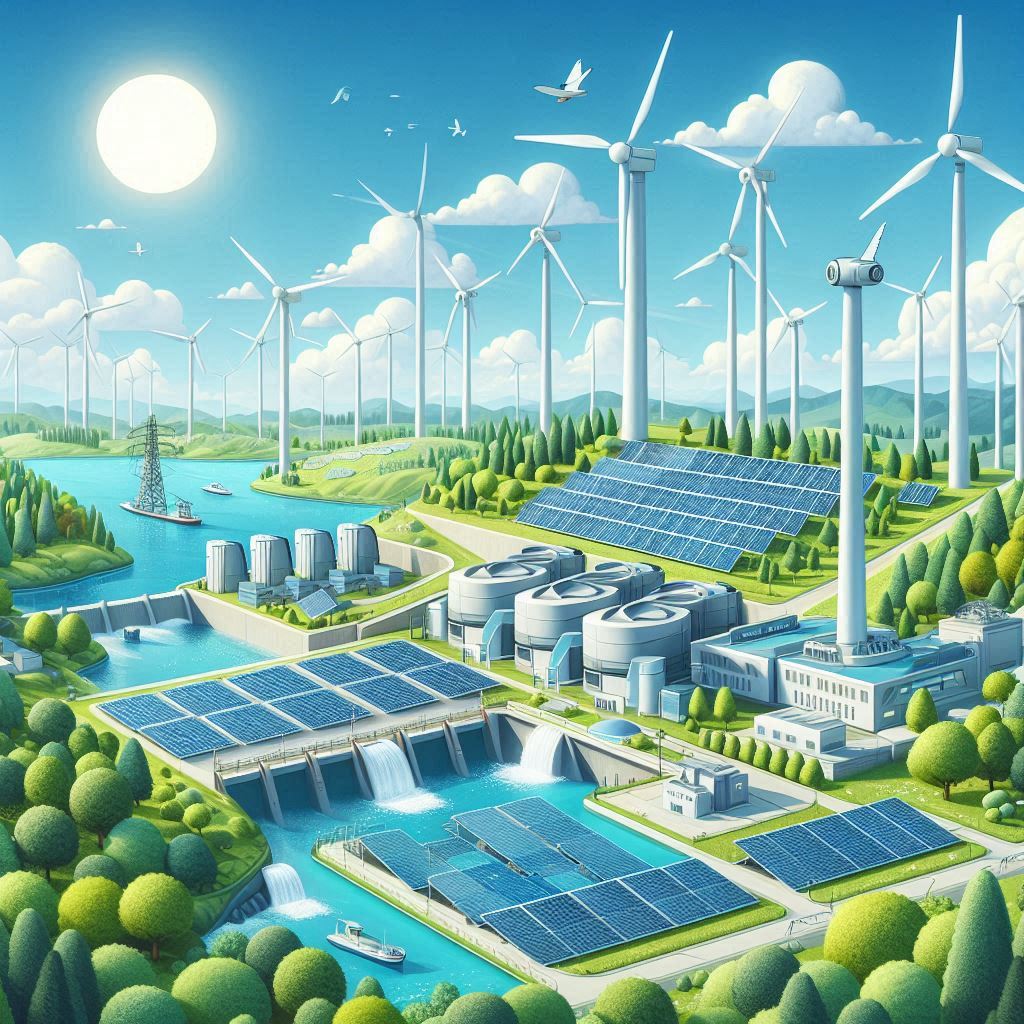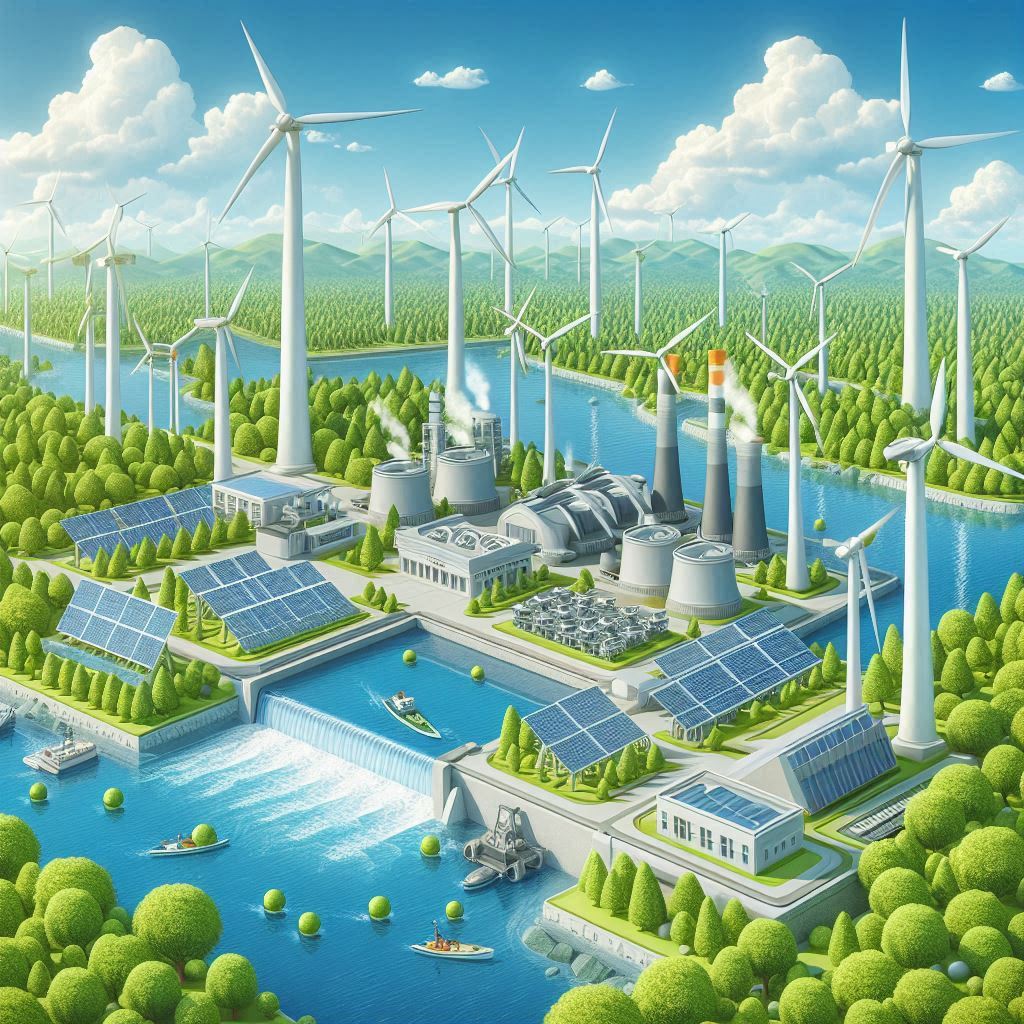 Vermont state legislators have just passed a bill mandating that all utilities supply 100 percent clean energy by 2035.
Vermont state legislators have just passed a bill mandating that all utilities supply 100 percent clean energy by 2035.
This legislation sets Vermont on a path to become one of the first states to fully decarbonize, trailing only Rhode Island, which requires all utilities to provide renewable power by 2033. Supporters of the Vermont bill told Canary Media that this new standard will support other climate initiatives, such as the state’s efforts to electrify home heating systems.
“The renewable energy standard will be the backbone of a clean electric grid that will help us reduce costs, lower carbon emissions, and create healthier homes and communities,” said Johanna Miller, energy and climate program director at the Vermont Natural Resources Council.
On May 7, the Vermont Senate approved the clean energy target, marking the first major update to the state’s renewable energy standard in nearly ten years. The bill, passed by the state assembly earlier this year, requires the largest utility, Green Mountain Power, to achieve this target by 2030, with smaller municipal utilities given until 2035. Previously, utilities were required to source 75 percent renewable electricity by 2032.
With this new standard, Vermont joins 24 other states and territories, as well as the District of Columbia, that have set 100 percent renewable energy goals. Vermont’s timeline is particularly ambitious compared to other states, with much of the state needing to comply within six years due to stricter rules for larger utilities.
These targets are not a drastic change for Vermont; nearly all in-state electricity has been generated from renewable sources since 2015. However, Vermont imports over half of its power, including some from fossil fuels.
The bill ensures utilities meet their electricity needs by building and purchasing more power from renewable energy projects. By 2035, utilities must purchase 20 percent of their electricity from small, new in-state renewable projects, primarily solar. Green Mountain Power must source an additional 20 percent from regional renewable projects, while smaller utilities must source 10 percent.
Ben Edgerly Walsh, climate and energy program director at the Vermont Public Interest Research Group, noted that the new standard clarifies which energy sources qualify towards the renewable target. For example, fossil-fuel plants with carbon capture and storage are excluded, as are certain large hydropower projects.
This legislation aligns Vermont with the Biden administration’s goal of a carbon-free power grid by 2035.
In 2018, D.C. updated its renewable portfolio standard to require 100 percent renewable electricity by 2032. Rhode Island followed suit in 2022, mandating 100 percent renewables by 2033. According to the Clean Energy States Alliance, 53 percent of the U.S. population lives in a state or territory with a 100 percent clean energy target, although most targets are set for dates later than 2035.
Warren Leon, executive director of the alliance, explained that these targets are typically established either by executive order or state legislation. Executive orders, though impactful, can be rescinded by future governors, whereas legislation represents a firmer commitment.
Despite the bill’s strong support in both chambers, Republican Governor Phil Scott has raised concerns about its cost. The bill passed with a veto-proof majority, and lawmakers are expected to override any veto from Scott. Last year, they overrode his veto of a measure to clean up the state’s heating sector, which relies heavily on fossil fuels.
According to Miller, Edgerly Walsh, and other advocates, the collaboration between Vermont utilities, environmental groups, and lawmakers was crucial to the bill’s success. This partnership could serve as a model for other states pursuing ambitious clean energy policies.
“It’s really important and exciting that our utilities have been partners in making this progress possible,” Miller said.

